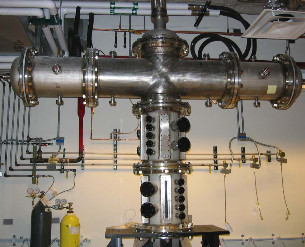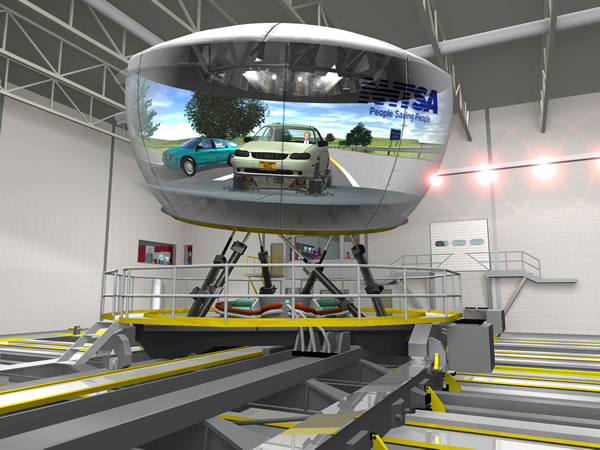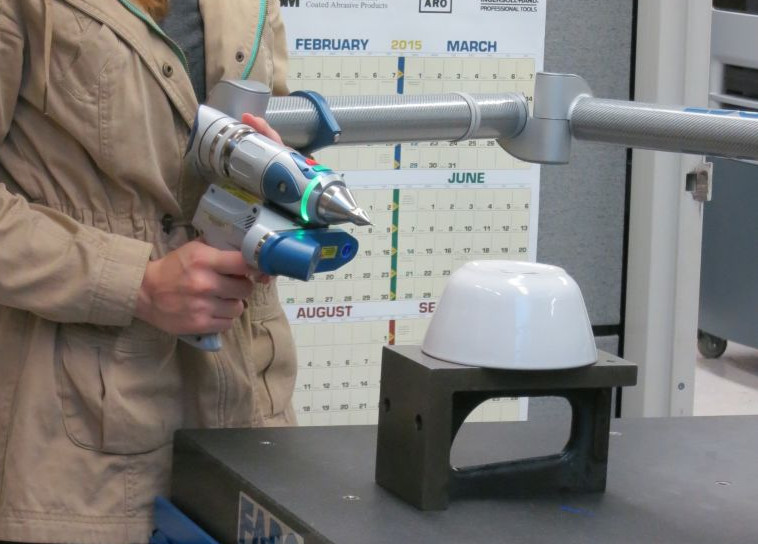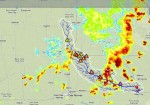In honor of the University of Iowa's new president, Bruce Harreld, the UI is offering behind-the-scenes opportunities to experience what makes the university one of the nation’s top public research universities. There are 12 Inspiration open houses on campus that are part of a series of events for students, staff, faculty, and the greater UI community during its "Week of Inspiration."
Engineering open houses include:

Monday, September 12
Combustion and High Speed Fluid Mechanics Lab
Seamans Center Annex Project
7:00-9:00 a.m., Rockwell Collins Conference Room, 3111 Seamans Center, and High Speed Fluid Mechanics Lab
Hosted by Alec Scranton, Engineering dean, Albert Ratner, associate professor of mechanical and industrial engineering, and Justin Bishop, associate principal, OPN Architects
The lab finds solutions to important questions in combustion and related fluid mechanics. Researchers and students are focused on two key technical areas: combustion instability for alternative fuels in gas turbines and optimizing the producer gas generated from biomass materials. The second portion of the open house will be devoted to details about how the addition to the Seamans Center for the Engineering Arts and Sciences, currently under construction, is advancing engineering education and research.

Tuesday, September 13
National Advanced Driving Simulator
7:00-9:00 a.m., University of Iowa Research Park
Hosted by Dawn Marshall, staff research assistant, cognitive systems engineering
The National Advanced Driving Simulator is the premier driving simulator in the US. Our research touches the everyday lives of anyone who uses our nation’s roadways! Everyone including drivers, passengers, pedestrians and bicyclists. Open house attendees will tour the most realistic driving simulator in the US, including the vehicle dome and control room. They will also experience driving a simulator on varied roadways and environmental conditions. Researchers will be available to discuss the types of studies conducted using our simulators.
Thursday, September 15
NEXUS of Engineering and the Arts
7:00-9:00 a.m., Rockwell Collins Conference Room, 3111 Seamans Center for the Engineering Arts and Sciences
Hosted by Deanne Wortman, director of NEXUS
The University of Iowa College of Engineering has embarked on a bold initiative which enables engineering students to develop their appreciation of the arts. We have established The Nexus of Engineering so that arts and engineering majors now have the opportunity to collaborate through a set of courses from each college that will generate new educational opportunities and stimulate creative teamwork among engineering and art students, faculty, staff, as well as visiting artists and scholars. The engineering profession is an inherently creative endeavor in which engineers design and create new products, processes, or devices that solve problems in society and enhance the quality of life for humankind. When engineers and artists work together they can achieve especially impressive outcomes. Engineers bring an understanding of the physical world and the conditions and 'constraints' placed by the laws of nature, while artists bring a creative vision of beauty that can enhance any project.

Thursday, September 15

IIHR--Hydroscience & Engineering/Iowa Flood Center
7:00-9:00 a.m., Wind Tunnel Annex, Harrison Street
Hosted by Witold Krajewski, Dan Ceynar, Dan Gilles, Jim Niemeier, Breanna Shea, Chad Drake, Karin Kee, Tony Loeser, Jackie Stolze, and Carmen Langel
Good information is the key to being ready for the next flood. The Iowa Flood Center (IFC), part of IIHR—Hydroscience & Engineering at the University of Iowa, provides accurate, science-based information to help Iowans better understand, monitor, and prepare for floods. The IFC is improving flood monitoring and prediction in Iowa, while also developing strategies to help mitigate and prevent future flood damage. Visitors to the IIHR Wind Tunnel Annex will see the IFC’s mobile polarimetric X-band radar, used for precipitation monitoring; the IFC-developed stream-stage sensors, which measure stream water elevation; rain gauge platforms that measure rain and soil moisture; and try out a hands-on watershed model to see how flooding moves through a basin. In addition, visitors will have the opportunity to try out the Iowa Flood Information System, an online application that provides real-time information on precipitation, stream levels and more across the state. Those who wish to may also visit IIHR’s Model Annex next door to see a physical model of a vortex dropshaft and tunnel section for the city of St. Louis.